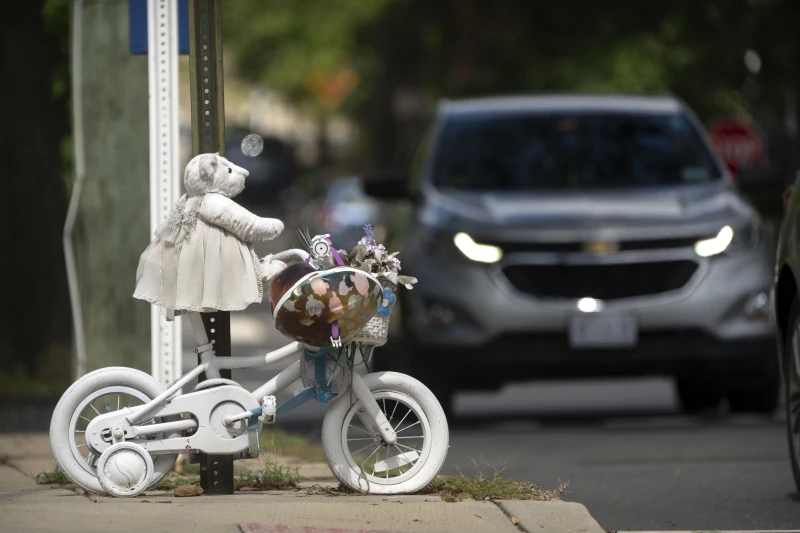The tragic incident involving Alyssa Milligan, a compassionate and empathetic 23-year-old physical therapy student, has shed light on a concerning trend in the United States.
Despite the advancements in vehicle safety technology, the number of roadway fatalities continues to rise. This disheartening reality is particularly pronounced among pedestrians and cyclists, who have experienced a staggering increase of over 60% in fatalities between 2011 and 2022.
This alarming trend coincides with the surging popularity of SUVs, pickup trucks, and vans, which collectively accounted for a staggering 78% of new vehicle sales in the United States in 2022, as reported by Motorintelligence.com.
The implications of this correlation between vehicle type and road fatalities raise critical questions about the need for enhanced safety measures and greater awareness among drivers.
The current safety ratings system in the United States focuses solely on the protection of individuals inside the vehicle, neglecting the welfare of those outside.
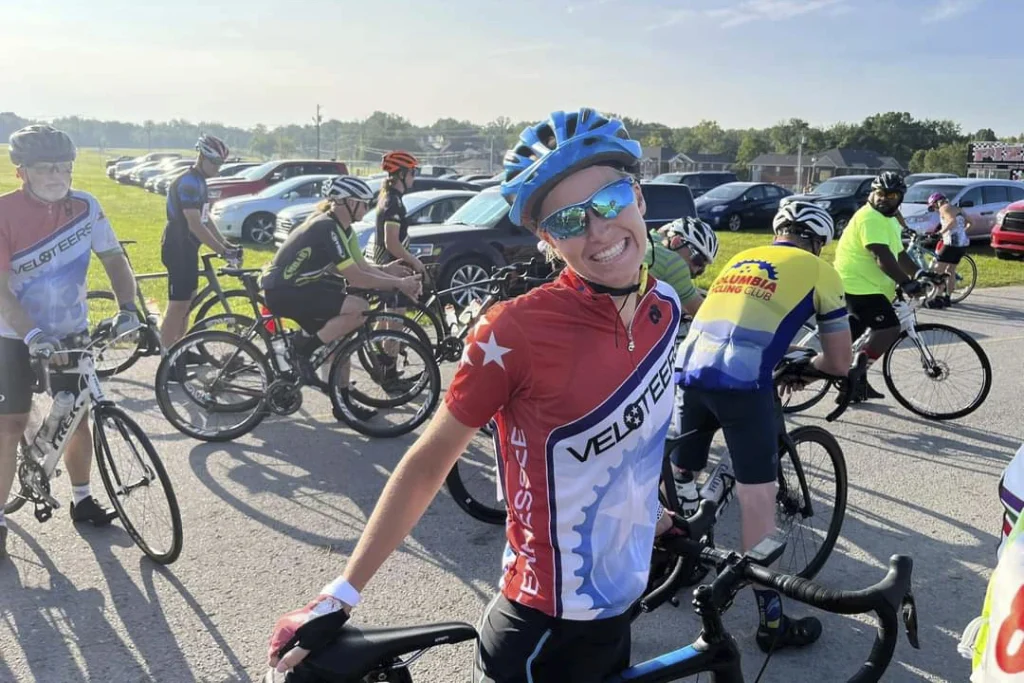
Recognizing this discrepancy, the National Association of City Transportation Officials (NACTO) has taken the initiative to advocate for a comprehensive approach to safety evaluations.
NACTO is urging U.S. transportation officials to incorporate the well-being of pedestrians, cyclists, and other vulnerable road users into the existing 5-star safety ratings.
By broadening the scope of assessment to encompass the safety of all individuals involved in transportation, this proposed change aims to address the pressing need for a more holistic and inclusive approach to road safety.
Such an adjustment would not only enhance consumer awareness but also encourage automobile manufacturers to prioritize the development of vehicles that prioritize the well-being of all road users.
As the demand for sustainable and equitable transportation continues to grow, it is imperative that safety ratings evolve to reflect these changing priorities and values.
The collaboration between NACTO and U.S. transportation officials on this matter signifies a significant step toward a safer and more inclusive transportation system that considers the safety of both vehicle occupants and those outside the vehicle.
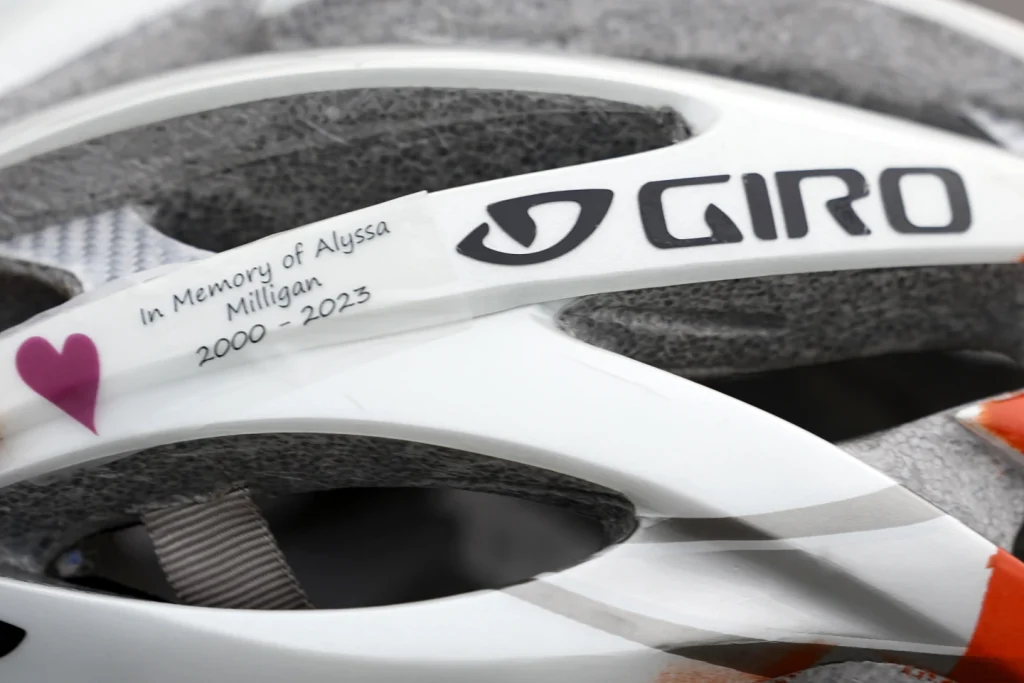
According to Jessica Cicchino, the vice president of research at the nonprofit Insurance Institute for Highway Safety, the exact reasons behind the rise in pedestrian fatalities remain uncertain.
However, it appears that the increasing prevalence of larger vehicles may be a contributing factor. Numerous studies have demonstrated that SUVs and pickups are more prone to causing severe injuries or fatalities to pedestrians and cyclists in the event of a collision.
This is primarily due to the fact that these larger vehicles are more likely to strike individuals in the head and vital organs, as opposed to the legs.
Additionally, the design of these vehicles can create visibility issues. A study conducted by the Insurance Institute for Highway Safety on intersection crashes involving pedestrians revealed that SUVs and pickups were the most frequently involved vehicles in left-turn accidents.
This suggests that these larger vehicles may encounter difficulties in spotting pedestrians, thereby further exacerbating the risk.
Subaru, a brand that has demonstrated commendable performance in IIHS pedestrian crash avoidance tests, places great emphasis on visibility as its foremost safety measure, as stated by spokesperson Todd Hill.
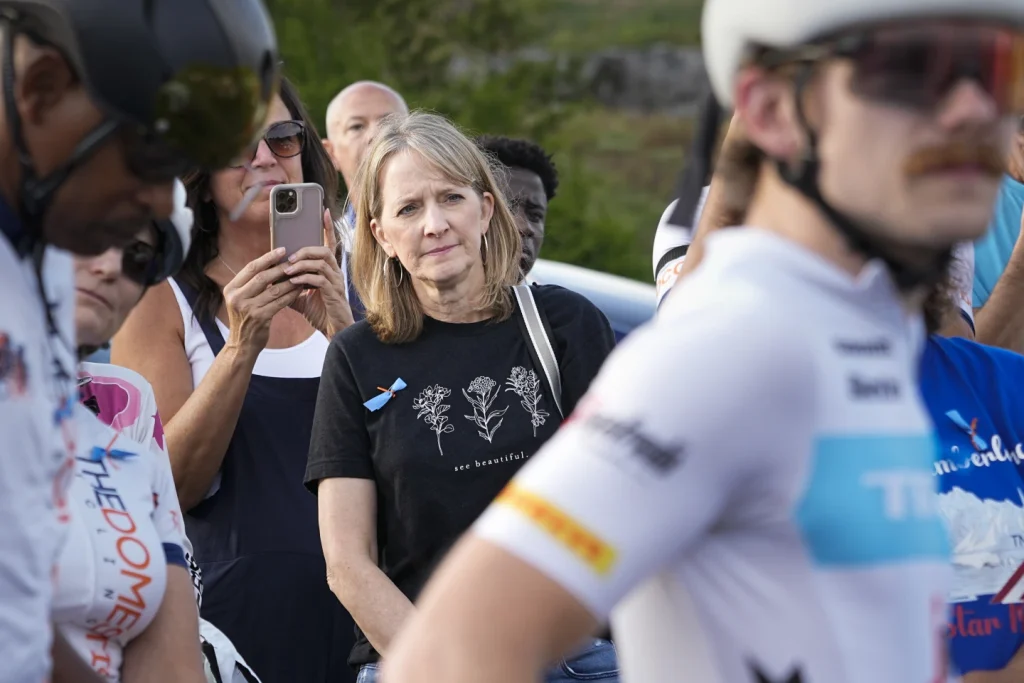
However, ensuring optimal visibility has become increasingly challenging due to safety standards mandating improved pillar strength for rollover protection.
Hill explains that reducing the size of the glass offers more design flexibility but comes at the expense of outward visibility.
While there is limited research on blind spots directly in front of passenger vehicles, Consumer Reports discovered in 2021 that high hoods obstructed drivers’ views of pedestrians.
Furthermore, a January 2023 report from the U.S. Department of Transportation’s Volpe Center revealed that the expanding blind zones in SUVs and pickups have been linked to fatal “frontover” crashes, wherein individuals are run over by slow-moving vehicles.
In an effort to address these concerns, the Volpe Center, dedicated to tackling the nation’s most pressing transportation challenges, recently collaborated on the development of a web application called VIEW.
This innovative tool utilizes crowd-sourcing to compile a comprehensive database of vehicle blind zones. For instance, the app provides a striking visualization, demonstrating that as many as eight elementary school children can stand shoulder-to-shoulder in front of a 2016 Chevrolet Silverado without being visible to the driver.
By shedding light on these blind zones, the VIEW application aims to raise awareness and encourage manufacturers to prioritize improvements in visibility to mitigate the risks associated with such blind spots.
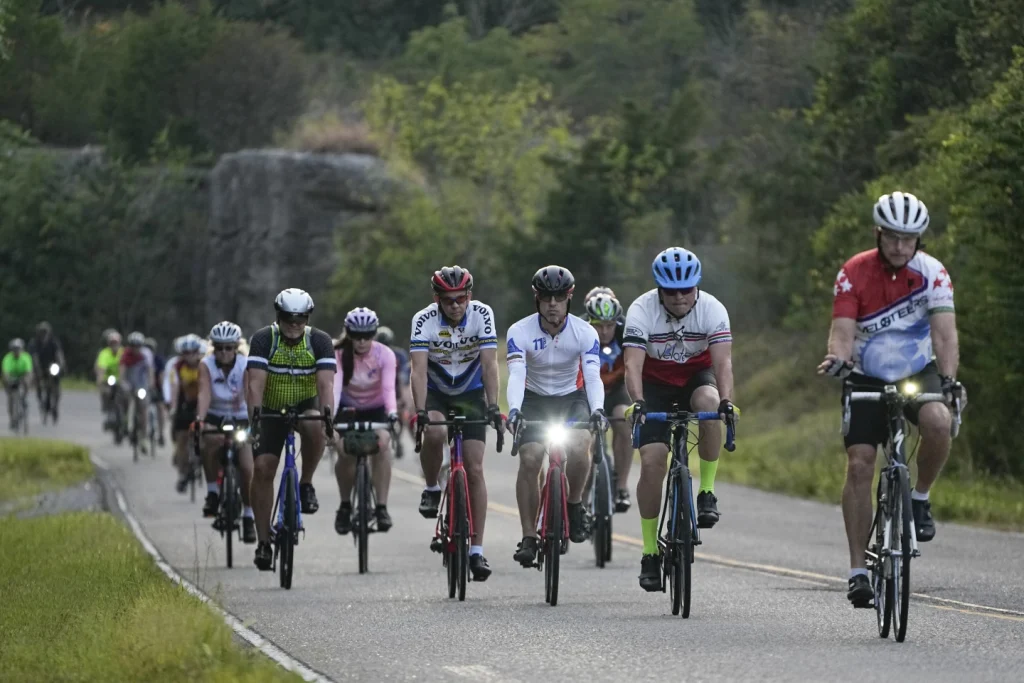
The practice of crash testing cars in the United States was first initiated in the 1970s, and it wasn’t until 1993 that the 5-star rating system was implemented.
In an effort to provide consumers with more information about vehicle safety, the National Highway Traffic Safety Administration (NHTSA) mandated that window labels on new vehicles include these ratings in 2006.
Over the years, significant improvements in vehicle technology, the enforcement of seatbelt laws, and various other changes contributed to a decline in fatal crashes within the country.
This positive trend reached its lowest point in 2011, with only 29,867 fatal crashes recorded. However, recent data indicates a troubling reversal of this downward trajectory.
Government estimates for 2022 suggest a staggering 43% increase in fatal crashes, bringing the total to 42,795. Several factors have been identified as contributing to this rise, including an uptick in speeding and drunk driving incidents, as well as a decline in seatbelt usage.
Additionally, fatal crashes as a percentage of total miles driven have also witnessed an increase. Disturbingly, pedestrian and cyclist deaths have surged by 64% since 2011, with an estimated 8,413 fatalities projected for 2022.
In response to this alarming situation, the NHTSA has proposed new pedestrian crash avoidance tests. However, these tests would be voluntary and would not be incorporated into the agency’s 5-star rating system.
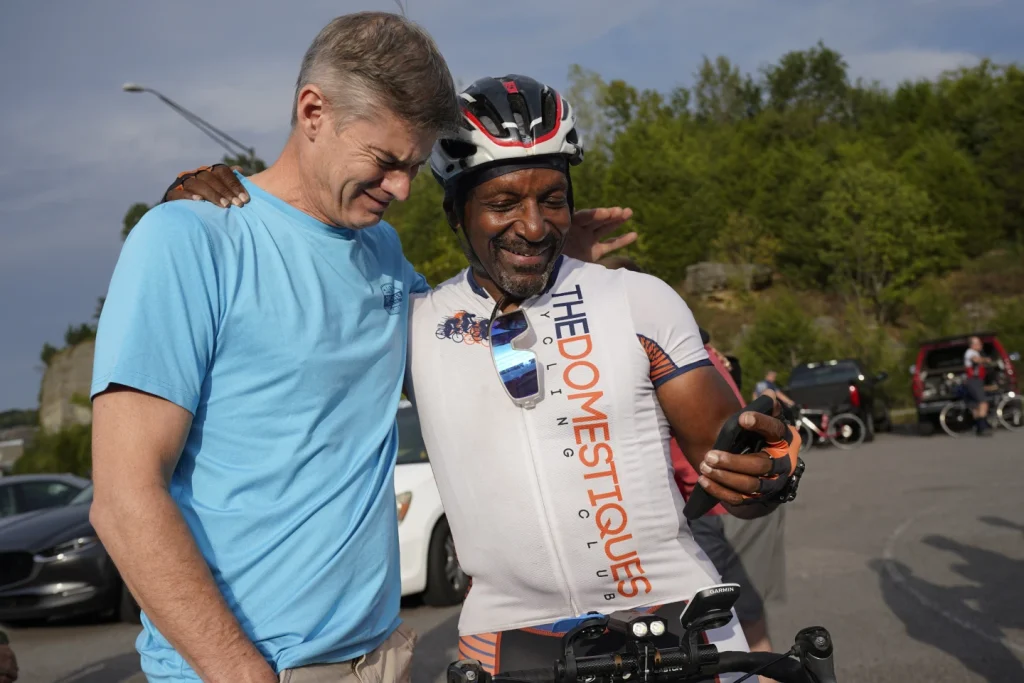
This has sparked concerns among safety advocates, such as Billy Richling, a spokesperson at the National Association of City Transportation Officials, who is advocating for mandatory pedestrian safety testing.
Richling points out that a vehicle could potentially fail the pedestrian crash-worthiness test and still receive a perfect 5-star rating.
One individual who has experienced a devastating loss due to a pedestrian accident is Jessica Hart, whose 5-year-old daughter Allie was tragically struck and killed in their Washington, D.C., neighborhood in 2021.
In an effort to prevent similar incidents, Hart created a petition on Change.org, demanding that the NHTSA include a vehicle’s risk of causing harm to pedestrians in its 5-star rating system.
To date, the petition has garnered over 28,000 signatures, highlighting the public’s growing concern for pedestrian safety.
Hart, the grieving mother, recounted the heart-wrenching incident that forever altered the course of her life.
Her daughter, a bright and innocent kindergartener, had embarked on a simple bike ride with her father, only to meet an untimely and tragic end.
The scene unfolded in the vicinity of their residence, within the designated school zone, as they approached a crosswalk just a block away.
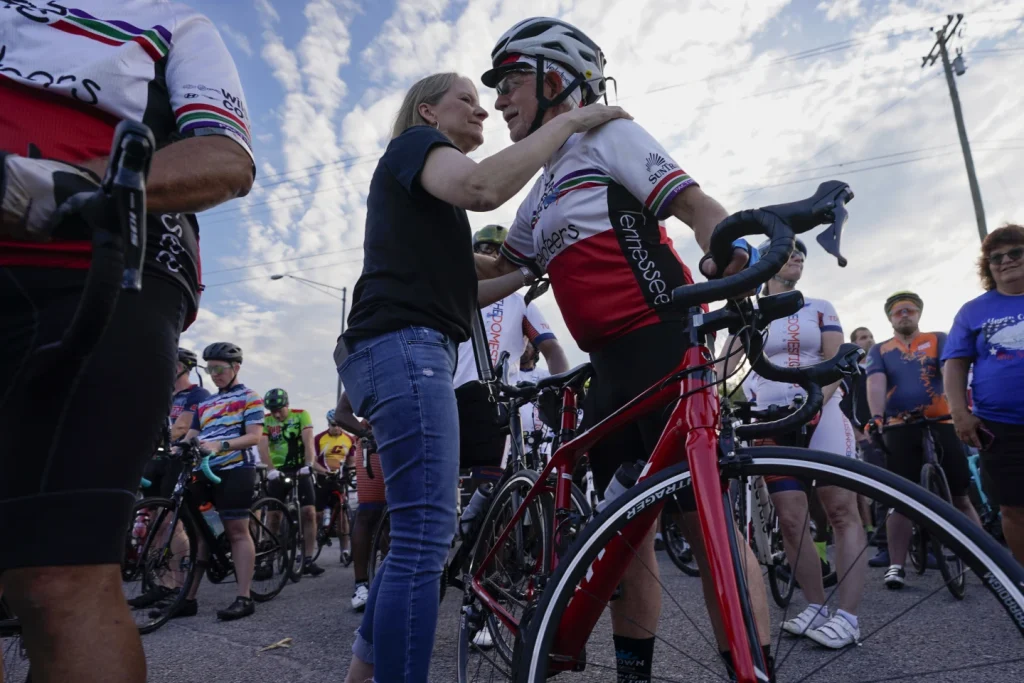
It was at this moment, when their lives intersected with that of a Ford Transit van. Oblivious to the presence of the young girl, the driver of the van failed to register her existence and proceeded through the 4-way intersection, disregarding the stop sign that should have served as a beacon of caution.
The devastating outcome was inevitable, as the van collided with the unsuspecting child, snuffing out her precious life in an instant.
The weight of this loss would forever weigh heavily upon Hart’s shoulders, a constant reminder of the fragility of existence and the profound impact that a single moment can have on the lives of those left behind.
In a recent statement, John Capp, the esteemed director of vehicle safety technology, strategy, and regulation at General Motors, highlighted the scarcity of data regarding pedestrian traffic deaths, which impedes our understanding of the underlying causes.
Moreover, he acknowledged the presence of tradeoffs in design and admitted that safety measures have traditionally prioritized the well-being of those inside vehicles.
Capp emphasized that the possibilities for intervention are limited when an individual is struck outside a vehicle, underscoring the need for a concentrated effort on pedestrian crash avoidance.
As a testament to this commitment, nearly all new GM vehicles now come equipped with automatic emergency braking systems, while advancements in camera technology have significantly enhanced visibility of pedestrians during nighttime, a period when the majority of these fatal accidents occur.
In accordance with a proposal by the National Highway Traffic Safety Administration (NHTSA), new cars and light trucks may soon be required to possess automatic emergency braking systems capable of detecting pedestrians, even at night, within a span of three years.
This advancement in technology holds the potential to address blind spots, but safety experts argue that it is just one part of a larger solution that necessitates changes in infrastructure, enforcement of speed limits, and even modifications to vehicle design.
According to Cicchino, the aim is to approach the issue of crashes from multiple angles; not only should efforts be made to prevent accidents from occurring, but also to mitigate their severity when they do happen.
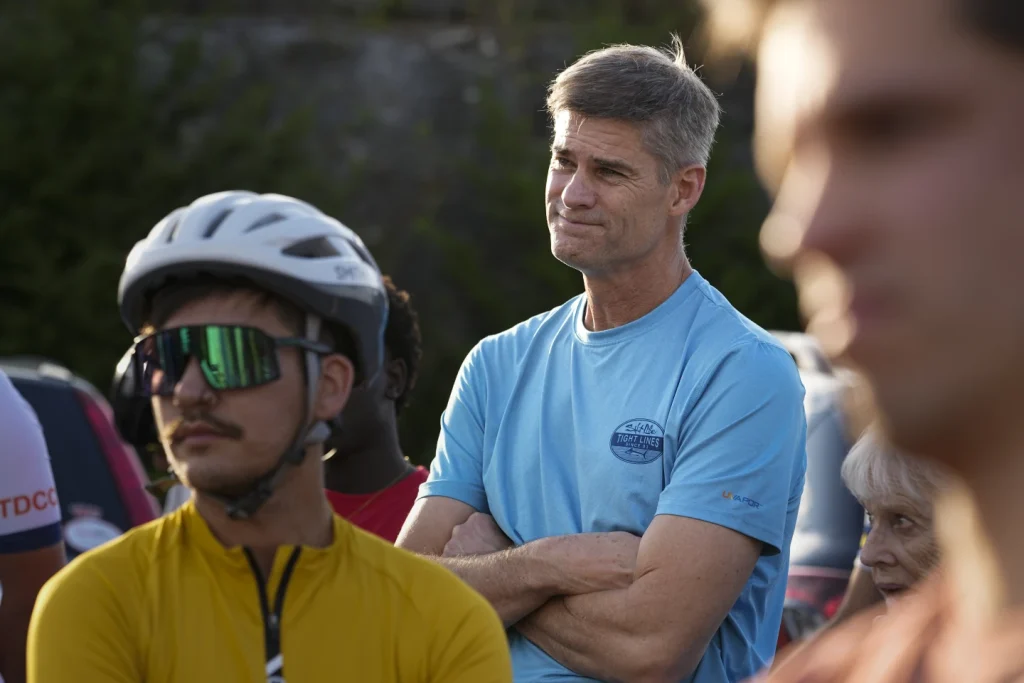
Hart, who has become an advocate for safe streets and safer vehicles since losing her daughter, is now involved with the Washington chapter of Families for Safe Streets, a nonprofit organization dedicated to putting an end to fatal crashes.
She has been actively speaking out and campaigning for alternative modes of transportation, as she cannot comprehend the fact that her daughter’s death was a violent and traumatic event that failed to bring about any significant change.
